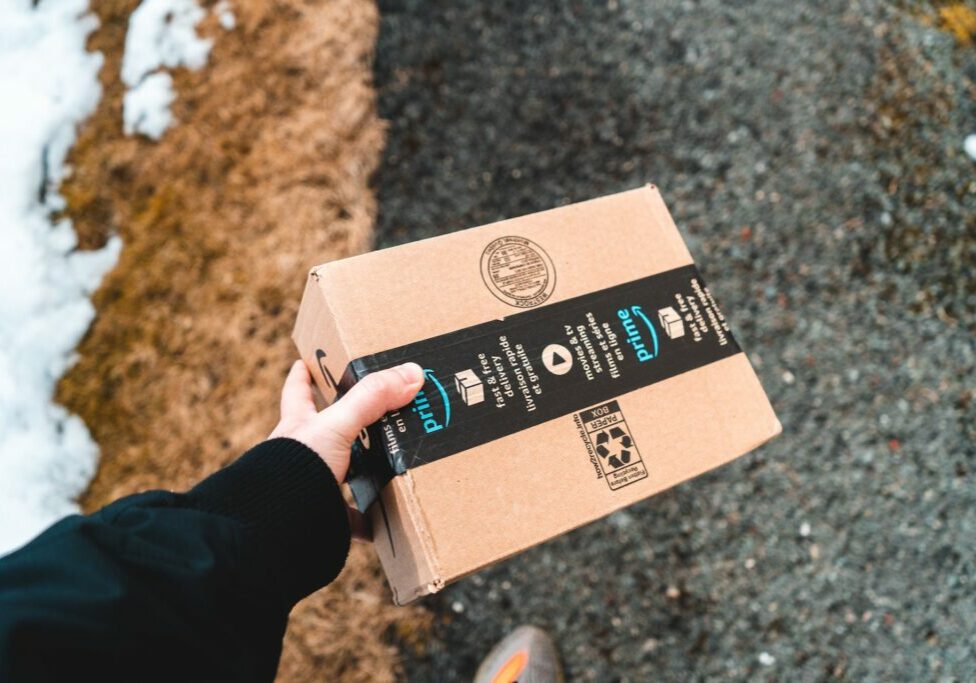Meal Reduction Rules are Changing!
Starting January 1st, 2021 through December 2022, designers can claim 100 percent of their food or beverage expenses paid to restaurants. That’s right, 100 percent! This rule applies as long as the business owner (or an employee of the business) is present when food or beverages are provided and the expense isn’t considered to be lavish or extravagant under the circumstances. So, unfortunately, no multi-million dollar meals, but ⎼ you can treat clients to a great dinner or lunch as long as you are there with them!
This new rule does come with some exceptions, so don’t call up all of your clients just yet! The 100% deduction does not apply to on-site food services, such as a cafeteria where food is made specifically for employees, or a restaurant owned by the business itself, despite any third-party management involved. Additionally, 50% deductions will still apply to entertainment and business-meal expenses.
Another important exclusion applies to stores that mostly sell pre-packaged items (food and beverages) that are not immediately available for consumption. Examples provided included grocery stores, kiosks, liquor stores, gas stations, specialty food stores, and vending machines. To be safe, try to restrict these meals to businesses that you know are considered restaurants. Think: is this food I am ordering going to be immediately available to eat?
So, How Does this Apply to Designers?
With this change in policy, you can write off those client dinners, off-site lunches, and meals for hungry contractors. Why not pick up that lunch tab next time to reward everyone for their hard work? After all, it’s a tax write-off!
Note for Designers: If you have questionable food purchases or often buy both types of “meals,” we will separate out the food categories in the COA as 100% deductible and 50% deductible as sub-accounts to meals. Then, when the rule changes, we can make these accounts inactive.
Stay Aware of Some Big Questions the IRS Failed to Answer
- “How do we know what business or restaurants are considered as selling mostly pre-packaged food?”
- “What exactly is considered pre-packaged?”
- “Do they mean Grab-and-Go style businesses or are there other qualifications?”
- “Where do other food-service businesses, such as catering services, stand on this?”
It seems that, until the IRS clarifies these unanswered questions, designers might have to navigate by themselves, which could result in errors in calculated deductions, so be careful!
Final “Food” for Thought
Always try to stay in the know about the changes in tax regulations to save yourself future headaches. Being a “temporary” change means this new rule can and will change at some point down the line. Until then, have fun treating your clients, contractors, and other staff to delicious meals. After all, It is scientifically proven that eating with others increases connection, attitudes, and productivity!
Links for further reference:
Notice 2021-25, Code 274 (Amended by code 210 of the Taxpayer Certainty and Disaster Tax Relief Act of 2020)



